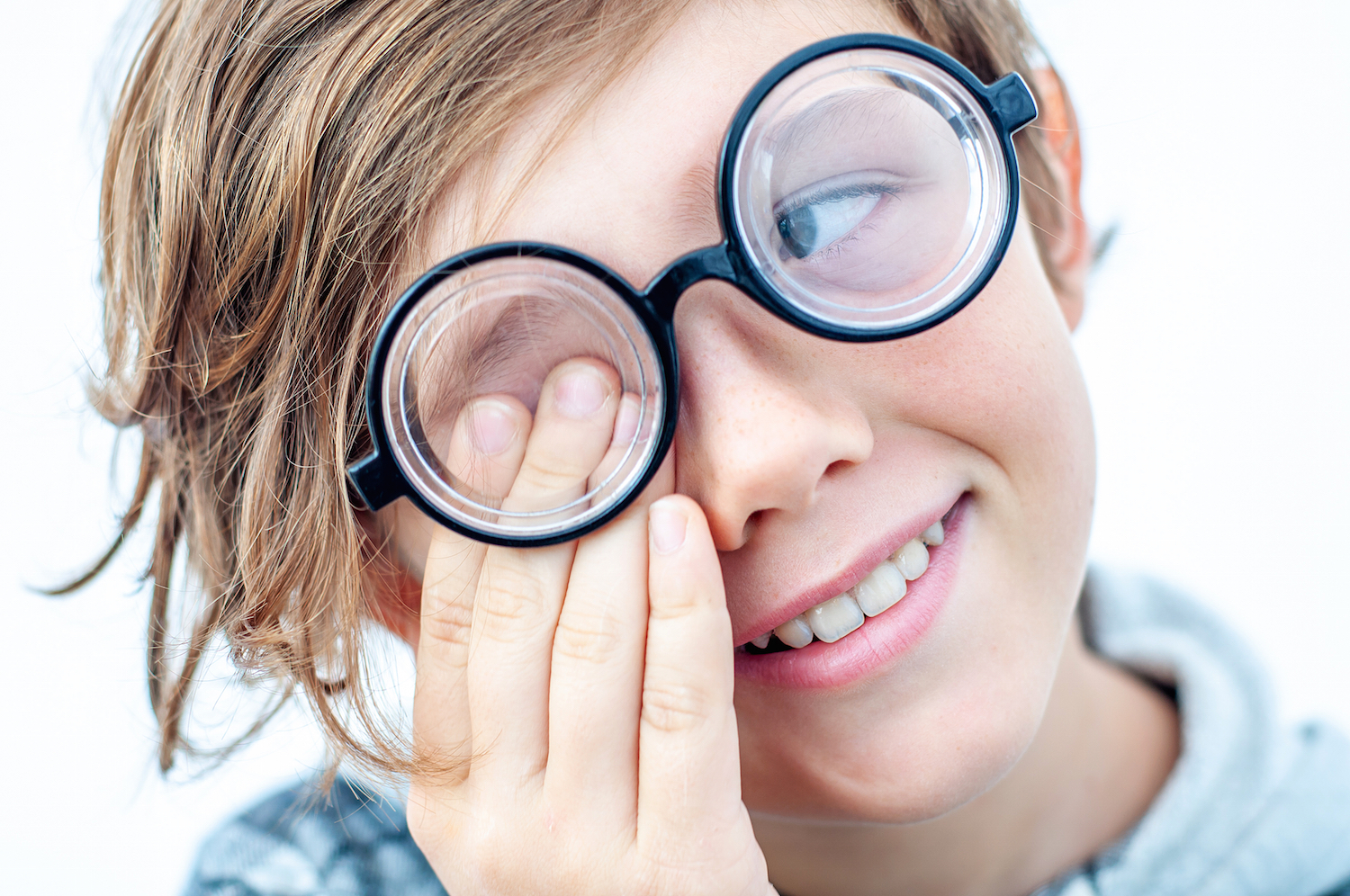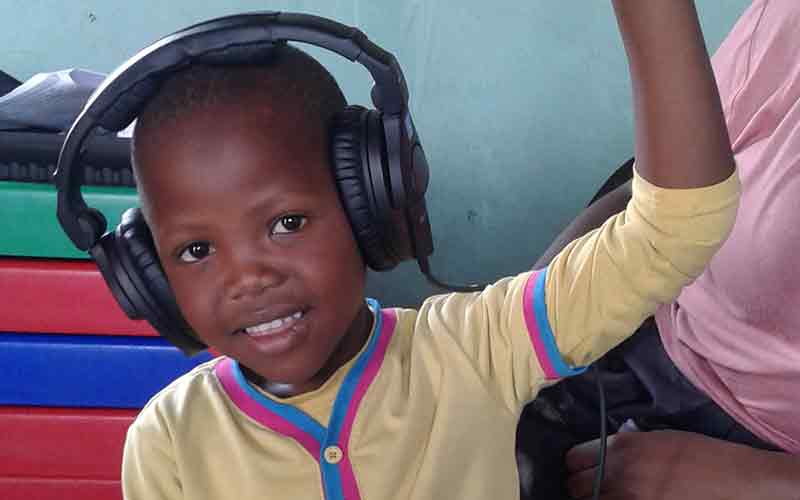Commonly-heard advice to parents that there is nothing that can be done to slow down vision deterioration in children with myopia is short-sighted. Treatment to slowdown the progression of myopia is available and it is not new. Unfortunately, most optometrists still take a conservative approach.
Adrian Yssel, an Optometrist and Director at Dynamic Vision Optometrists who has been practicing myopia control successfully for the past 10 years, says there are three tried and tested ways to slow down the progression of myopia in children and more parents should be made aware of the treatment options.
“If you have begun to dread your child’s eye exams because you know that you will inevitably be told that their vision has deteriorated, that they need a stronger prescription and there is not much else that can be done to stabilise the deterioration, it is time to dig deeper into other options. You can control the deterioration of your child’s vision with new advanced technologies and you don’t have to accept that there is nothing that can be done.”
“Taking a conservative approach to treating myopia in children increases the risks of cataracts, glaucoma, retinal detachments and myopic macular degeneration to name a few. The earlier you intervene to control myopia in young children, the better their chances of avoiding these conditions. With myopia, it is impossible to repair the damage that has already been done. There is no going back. Taking control early on to slow the progression offers the very best prognosis,” he says.
He is concerned about the myopia “pandemic” in young people that is being fuelled by the vast amount of time that they spend on near vision tasks. Today, approximately 34 % of people are myopic and by 2030, it is predicted that 40% of people can suffer from myopia.1 Less time outdoors in natural light and more time indoors staring at computer screens and devices are impacting young, developing eyes. Anecdotal evidence also suggests that young children who sleep in very dark rooms are less likely to develop myopia than children that sleep with night lights or in bright rooms.
“Not only are we seeing more children with myopia, but the ages at which they are being diagnosed are lower than in the past. This can be largely attributed to the very young age at which they start playing on smartphones and devices. This prolonged use of devices from a young age exposes their developing eyes to the long term, negative effects of the blue and purple light spectrum of light that is emitted from device screens.
“Older generations were never exposed to these high-energy levels of light while growing up. That is why we are seeing such a high incidence of myopia in children nowadays,” explains Yssel, adding that the intense, constant, high contrast near visual tasks that have become the norm for children during the COVID19 lockdown period are exacerbating the problem.
So, what are the options for parents who want to stop their children’s eyes from getting worse?
According to Yssel, there are three methods of myopia control. The first method, called Ortho Keratology, is backed by considerable research and has the longest history of successfully reducing myopia progression in children between 36-56%.2 It involves gently reshaping the front of the eye with a special contact lens that is worn while sleeping. Not all optometrists offer the treatment but should be able to refer patients to other optometrists who have completed advanced courses in Ortho Keratology.
“The second, relatively newer treatment method involves using a specialised, soft contact lens during the day. Although not commercially available in South Africa yet, Yssel says that an advanced progressive soft contact lens that is available for older patients also works for children.”
“The advanced, progressive soft contact lens which is prescribed for older patients who require reading prescriptions to see clearly at near distances can be used to slow myopia progression in young children (off label).”
“The third method involves using a well-known eye drop in a very diluted concentration just before going to sleep at night. This method is well tested in Asian children, with less knowledge currently in our demographic population.”
“Both methods also show a reduction in myopia progression. By using specialised contact lenses in conjunction with the eye drops could help to reduce myopia significantly. This is very exciting,” says Yssel.
He cautions against delaying getting stronger lens prescriptions for a child that is developing myopia on the presumption that it could worsen the condition. Getting stronger lenses will not cause the eyes to get weaker.
“Furthermore, the idea that you can consider contact lenses or eventually just go for laser eye surgery once the eye has naturally stopped growing is not advisable. The truth is that myopic eyes (eyes that have grown too long) have a far greater risk of health issues such as cataracts and glaucoma which normal contact lenses and laser eye surgery cannot fix.”
He questions: “Why would you want to risk these devastating conditions from occurring in your child’s eyes when there are effective methods for slowing the progression of myopia?
“If your optometrist doesn’t mention these myopia control options to you, start the conversation and investigate further. It is also important that you have regular, comprehensive eye exams performed on your child to ensure that myopia is caught early if it starts to develop. Children are not always able to articulate that they are having trouble with seeing. If myopia develops, start with myopia control measures immediately. The world’s foremost experts on myopia control advocate starting as soon as the eye starts to show early abnormal length growth.”
References:
- By Dwight Akerman, O. M. (2020, 04 01). Is Myopia a Pandemic? Retrieved from Review of Myopia management: http://reviewofmm.com/is-myopia-a-pandemic/
- Jennifer Harthan, I. C. (2020, 05 01). Effectiveness of Orthokeratology in Myopia Control. Retrieved from Clinical trials: https://clinicaltrials.gov/ct2/show/NCT03465748









